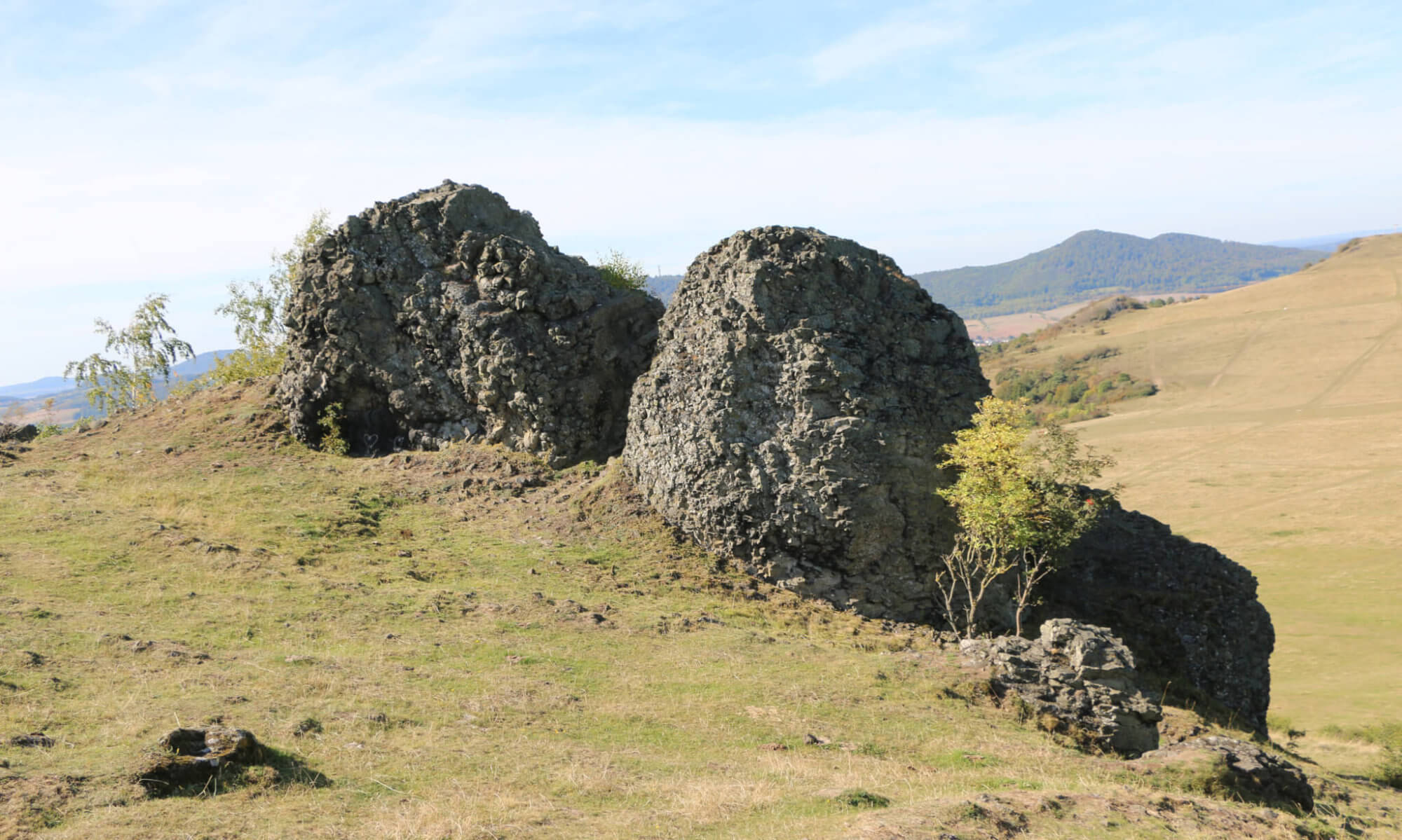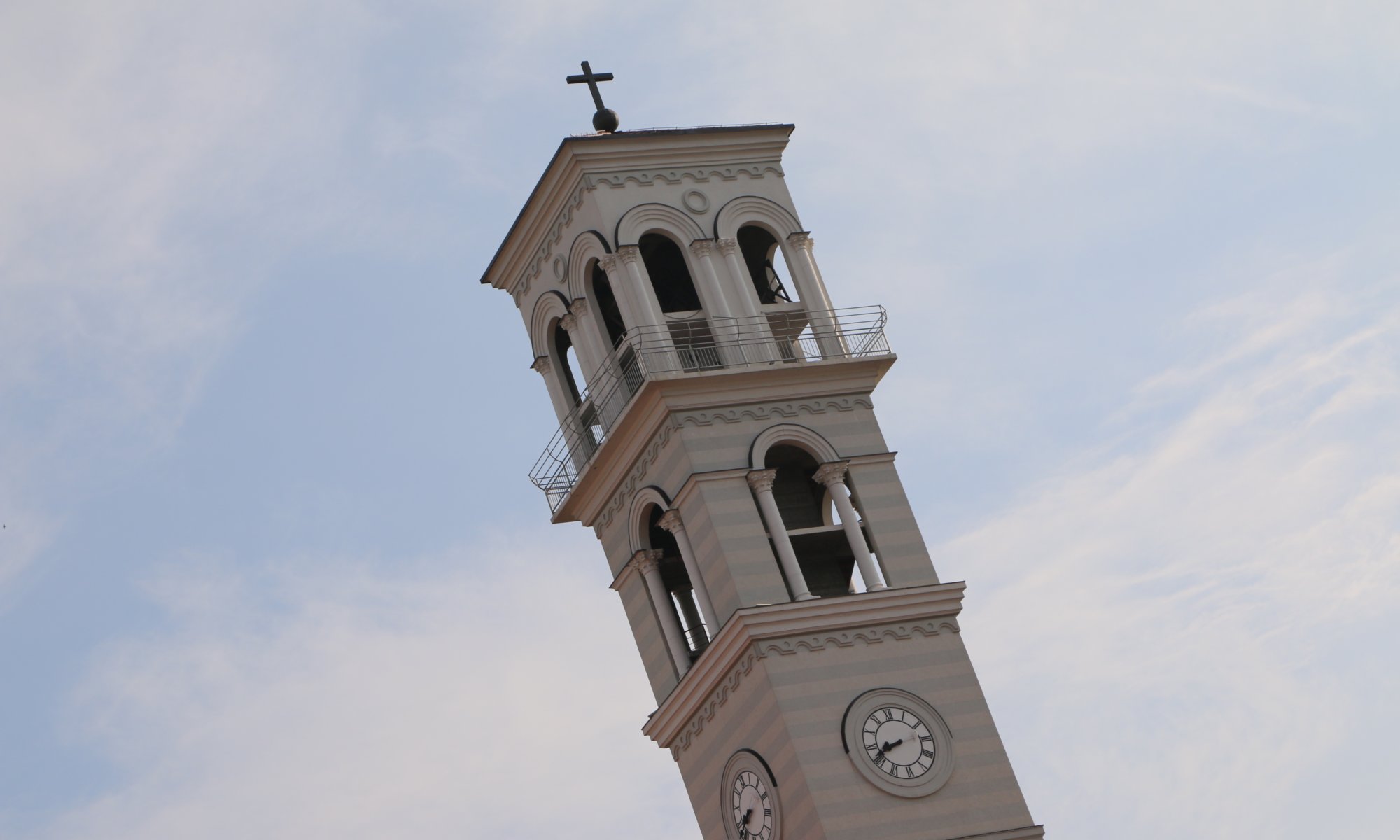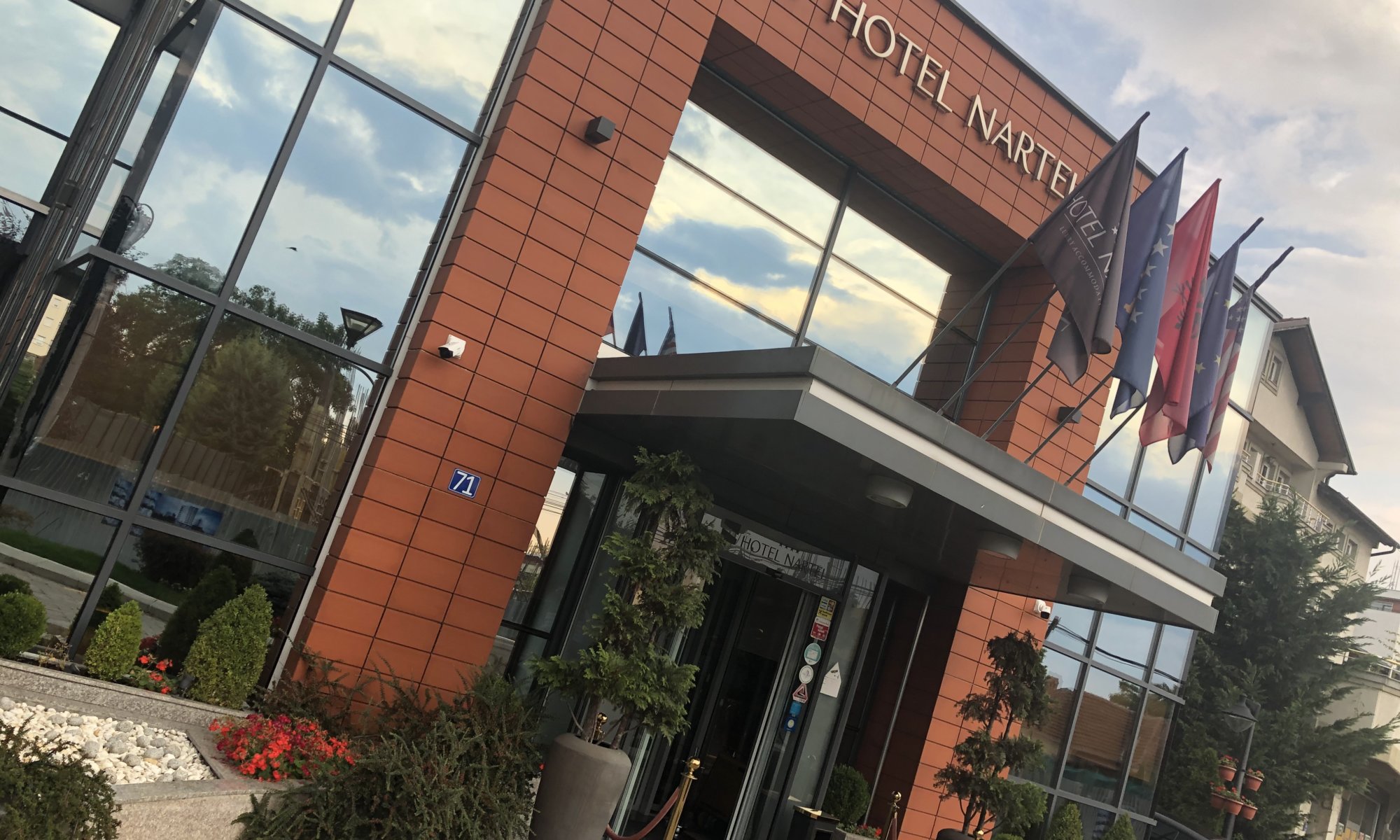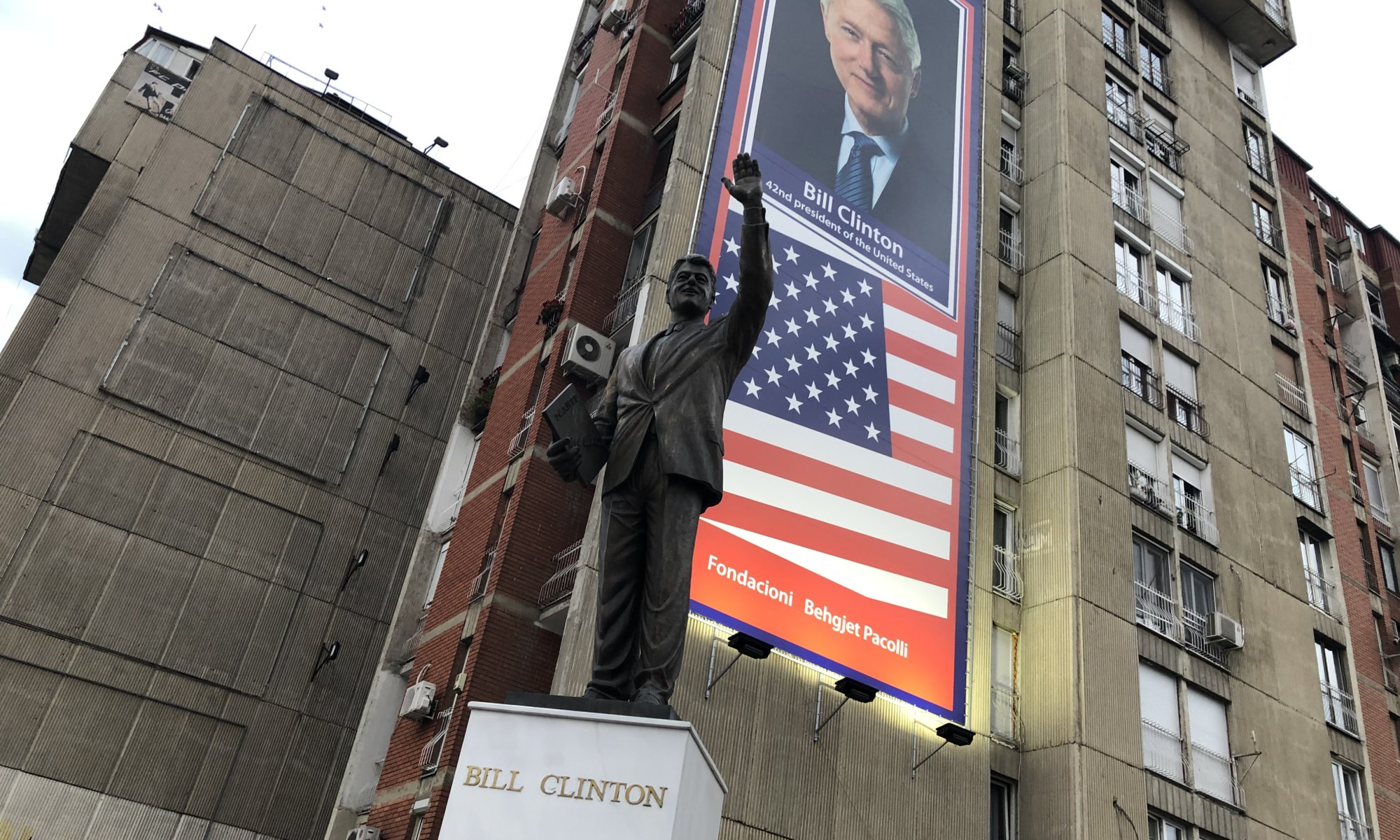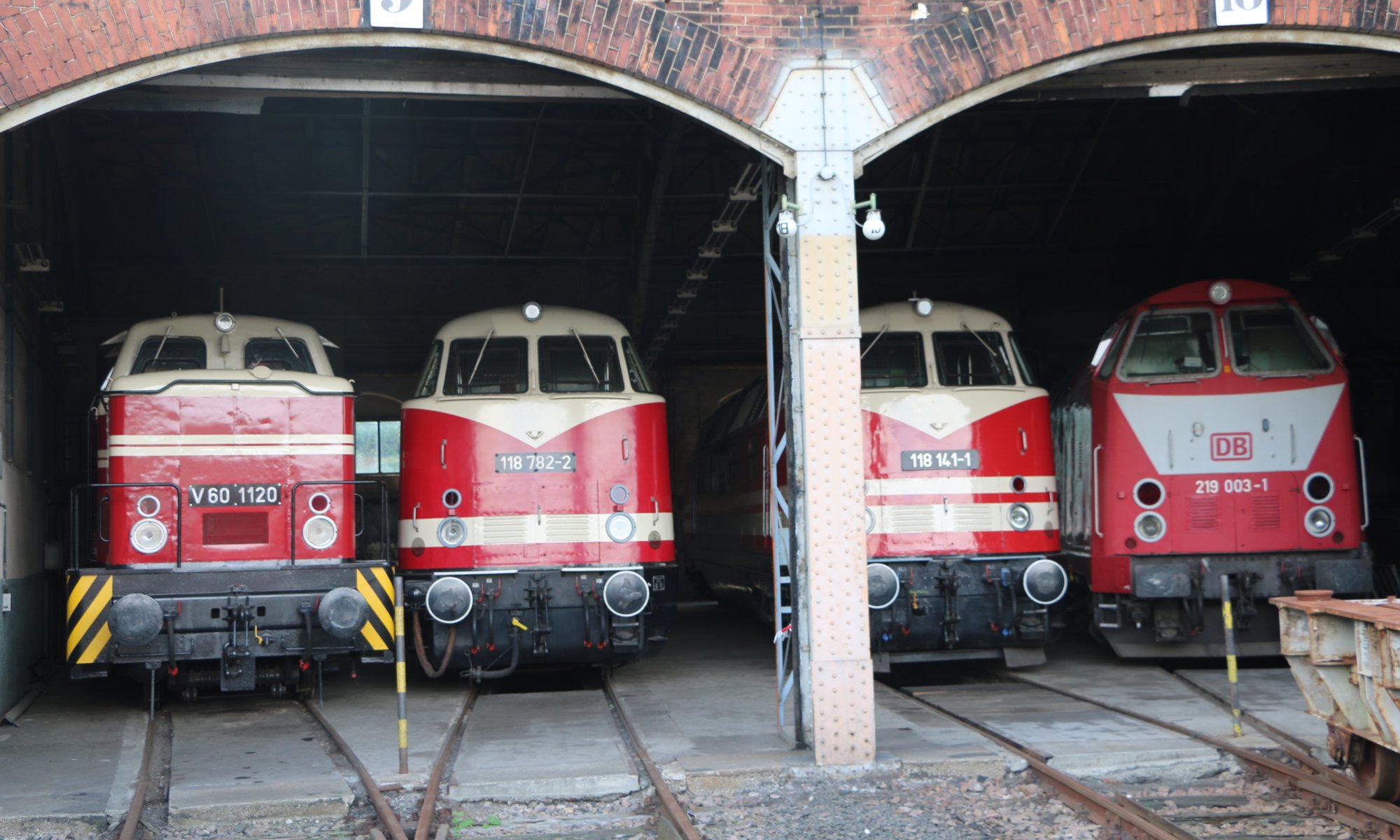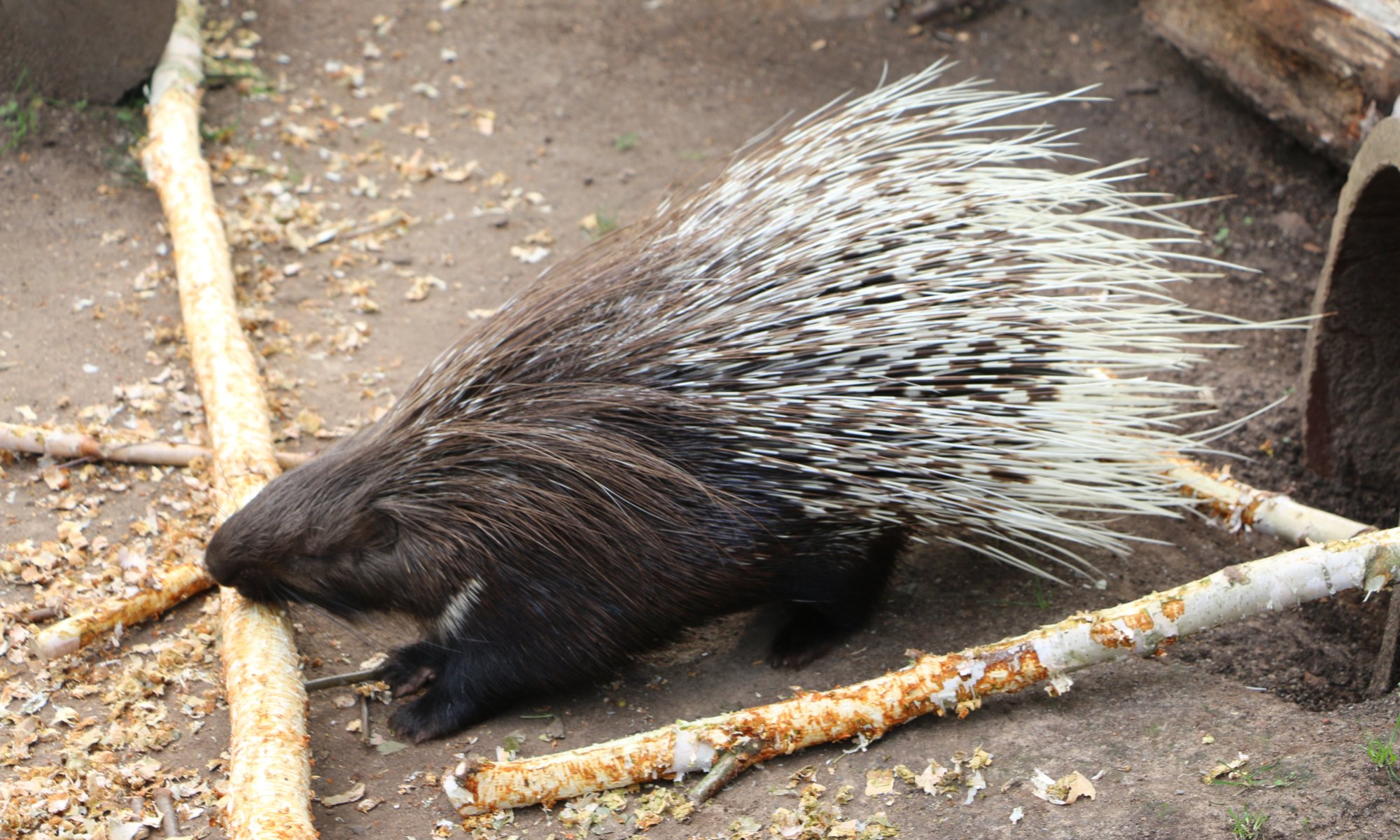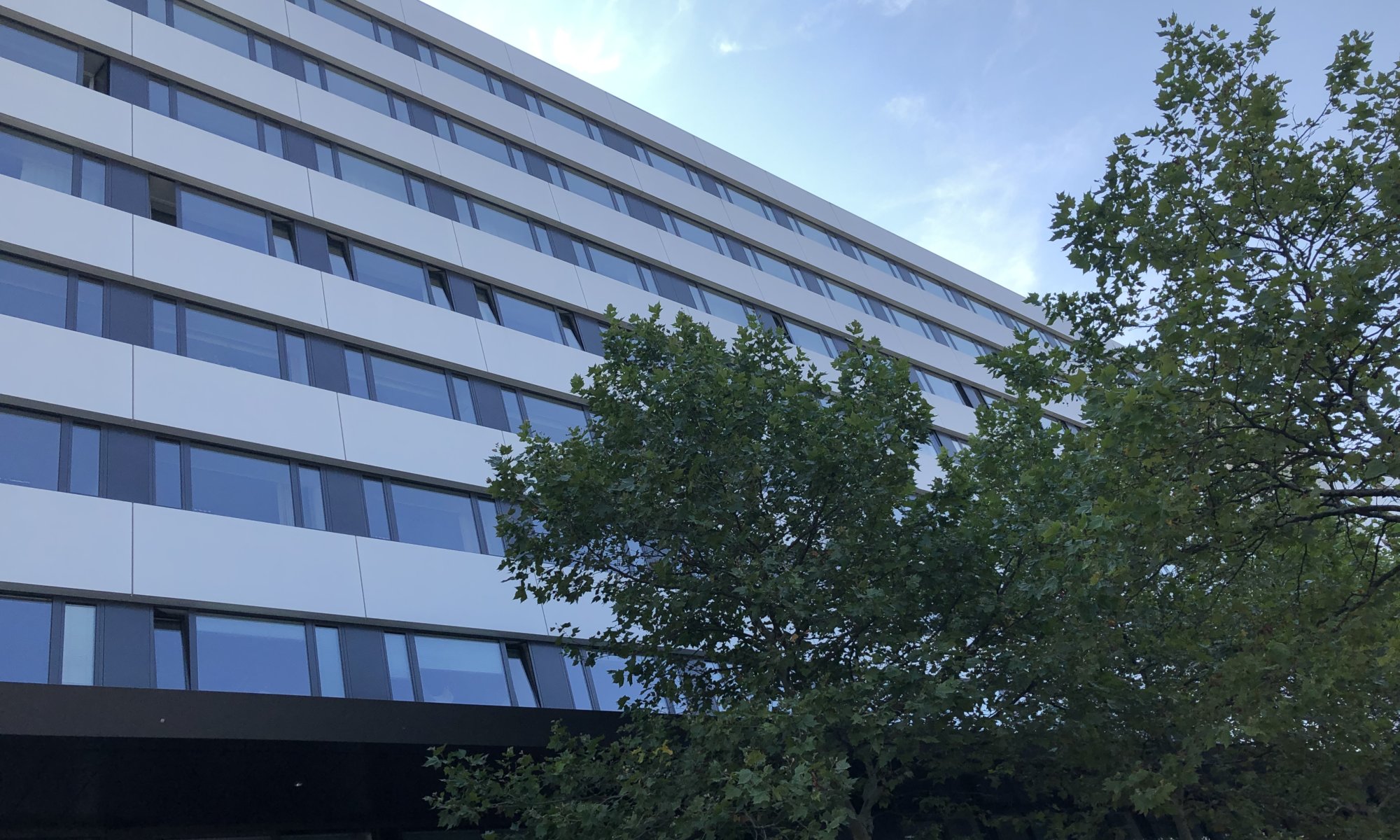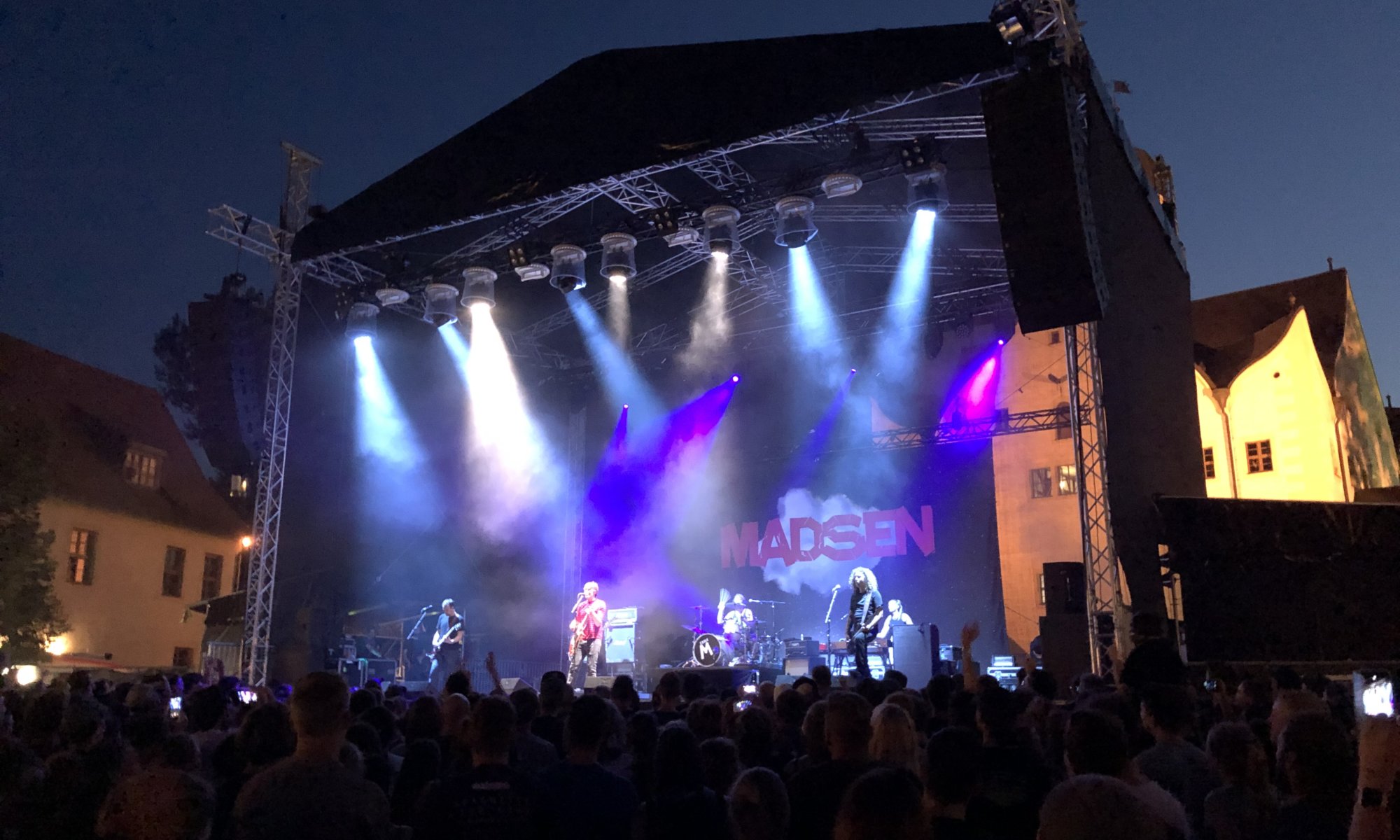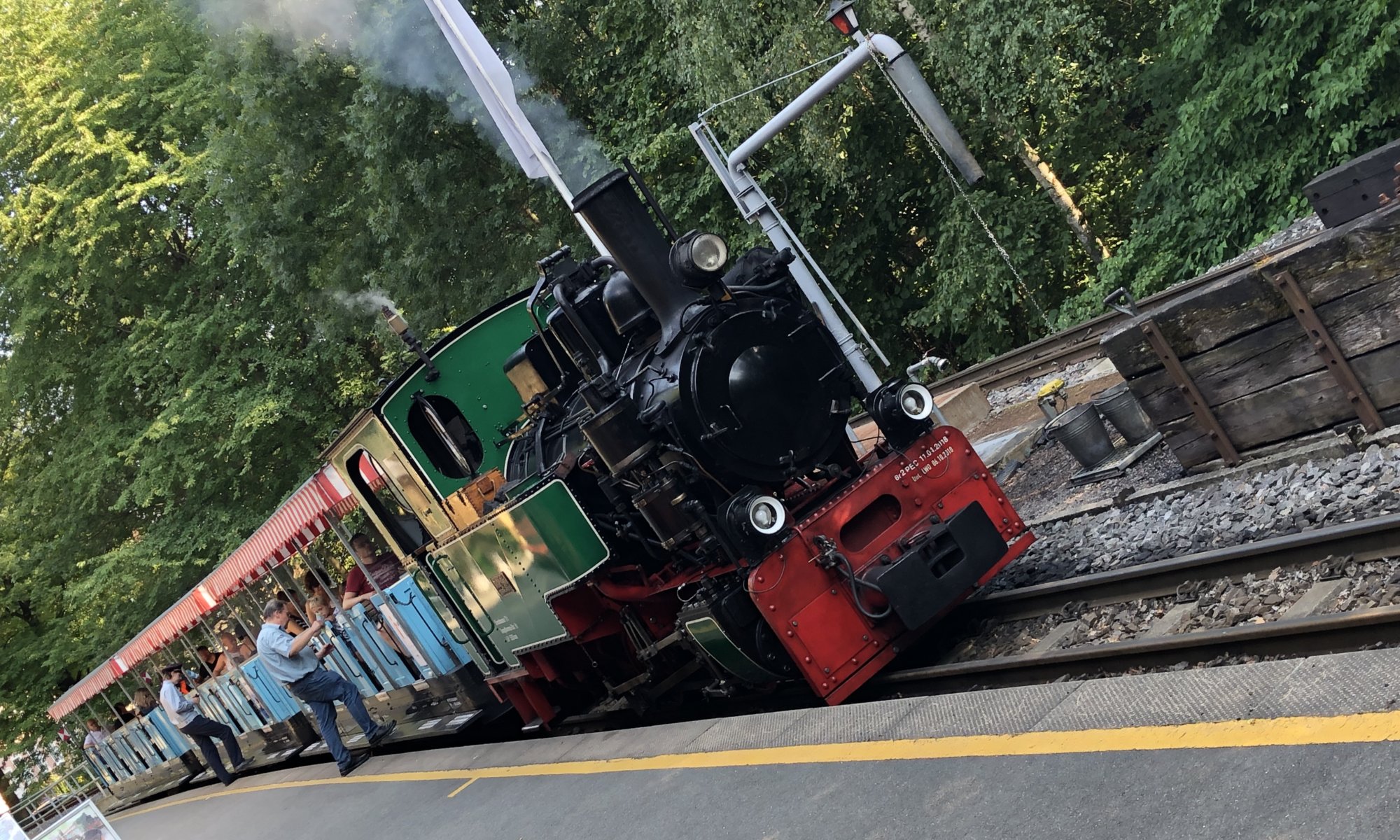Islam is the most important religion in Kosovo, 95 % of the Kosovans are muslims. Nevertheless the biggest and most visible house of prayer in Prishtinë is Roman-Catholic: the Mother Teresa Cathedral (Katedralja e së Lumes Nënë Tereza) at the Bulevardi Bill Klinton. While there is still no central big mosque and the muslims need to visit smaller distributed – often ancient – ones the Catholic church wanted to set a sign and the local government accepted and supported this.
Continue reading “Katedralja e së Lumes Nënë Tereza”Nartel Hotel
The Nartel Hotel at Prishtinë, Kosovo is an excellent choice if you want to book a room in the quality known from good hotels at home. It is a four star hotel located south of the city center, but it is only a ten minutes walk to reach the interesting places of the city. In fact it was one of only a hand full of hotels that you can book online and the combination of price and location was best. The hotel seems to be often used by diplomats and KFOR/NATO representatives.
Continue reading “Nartel Hotel”Bill Clinton
When you get to the city of Prishtinë, Kosovo you will discover the strong appreciation of the locals towards the 42nd president of the United States of America: Bill Clinton. A big road in the city center is named Bulevardi Bill Klinton (the ‘K’ is no joke) and a statue of him. While we remember him as the guy who betrayed his wife with a trainee (‘I did not have sexual relations with that woman, Miss Lewinsky‘) he is seen in much better light in Kosovo. Another national hero is his former foreign minister Madeleine Albright for whom another statue was built. Why is that?
Continue reading “Bill Clinton”Aeroporti Ndërkombëtar i Prishtinës Adem Jashari
The international airport of Prishtinë, Kosovo (airport code PRN) dates back to the year 1965 and is located 15 kilometers south of the city. It is named after Adem Jashari, one of the initiators of the liberation army UÇK. It is one of these smaller and hassle-free airports of the Balkans with short ways to walk and fast check-in, passport control and security check. You’ll find shops, coffee bars and restaurants here like in every good international airport.
Continue reading “Aeroporti Ndërkombëtar i Prishtinës Adem Jashari”Depot
The Sächsisches Eisenbahnmuseum (Saxonian railway museum) at Chemnitz, Germany is a hidden gem for railway enthusiasts. It is located at the former Bahnbetriebswerk at Chemnitz-Hilbersdorf – a railway depot where until 1988 the maintenance for steam engine locomotives was carried out. It consists of two roundhouses filled with steam, diesel and electric locomotives, a narrow-gauge field railway and a lot more to discover. You can roam the vast area of the museum freely – which is part of the fun.
Continue reading “Depot”Tierpark
The zoological garden of Chemnitz, Germany isn’t very big – but it is a nice place to be. What I will remember of this zoo are the big tropical house, the high number of different frogs at the Vivarium and the very active porcupine family. I love porcupines. The Tierpark Chemnitz is located in the west of the city and a bit afar from the city center. You can reach it by taking a train from the main railway station to Chemnitz-Siegmar – from there it is an easy ten minutes walk to the zoo.
Continue reading “Tierpark”Hotel Biendo
The perfect place if you want to stay at the city center of Chemnitz, Germany. The hotel Biendo is located in a long-stretched building opposite to the event hall and the Stadthallengarten and it is between the Roter Turm and the Karl-Marx-Monument. When you’ve found the entrance between the shops you can check-in at the lobby and take the elevators – the hotel is situated on the 5th and 6th floor of the building.
Continue reading “Hotel Biendo”Wasserschloß Klaffenbach
Ten kilometers afar of the city center of Chemnitz, Germany you can find a wonderful castle surrounded by water – the Wasserschloß Klaffenbach. It was built between 1555 and 1560 in renaissance style and you can pass the moat on a stone bridge. In addition to the round lake the castle is standing in some V-shaped buildings are attached that today house a restaurant and a hotel. This place is nowadays often used for concerts of various music styles.
Continue reading “Wasserschloß Klaffenbach”Parkeisenbahn
In the Eastern Bloc there was an interesting tradition: narrow-gauge railways were built for the amusement of children. They were operated by the youth organizations of the local communist parties following the procedures and standards of normal railways. In the GDR they were all located within parks and typically had round courses. They were called ‘Pioniereisenbahn‘ – as the mass organisation for children in the GDR was the ‘Pionierorganisation Ernst Thälmann‘ (a copy of the Soviet ‘Komsomol‘). In 1990 the railways were renamed to ‘Parkeisenbahn‘ to remove the political touch.
Continue reading “Parkeisenbahn”Flora and fauna
A good area to relax can be found in the north of Chemnitz, Germany. There you can have a walk in the vast Küchwald park (and ride a narrow-gauge steam-engine train) and you’ll also find a nice botanical garden. It was already created in 1898 and contains numerous middle-European plants, a tropical greenhouse with crop plants, a collection of succulents and much more animals than you would expect at such a place.
Continue reading “Flora and fauna”